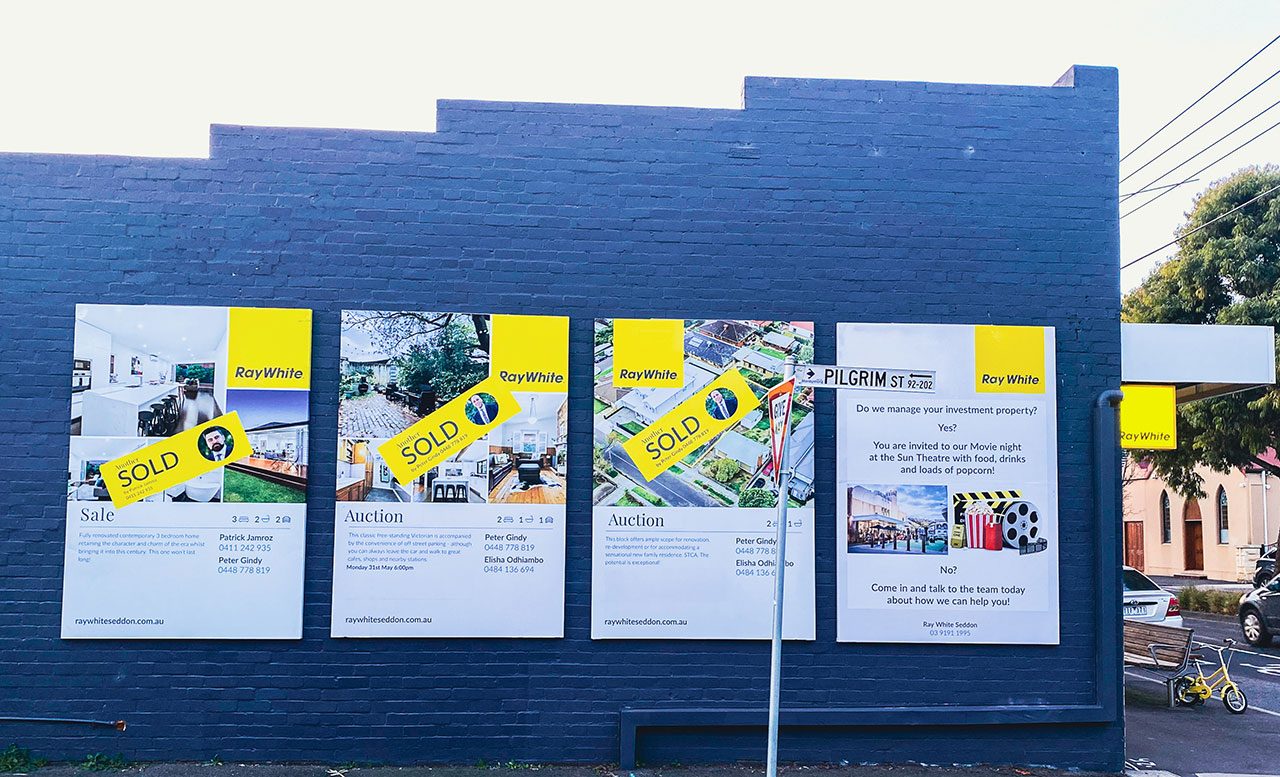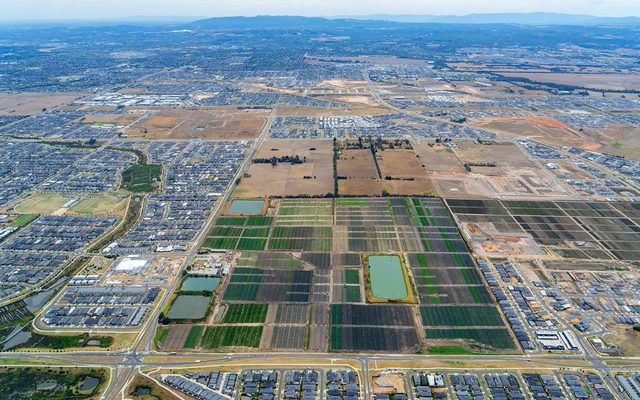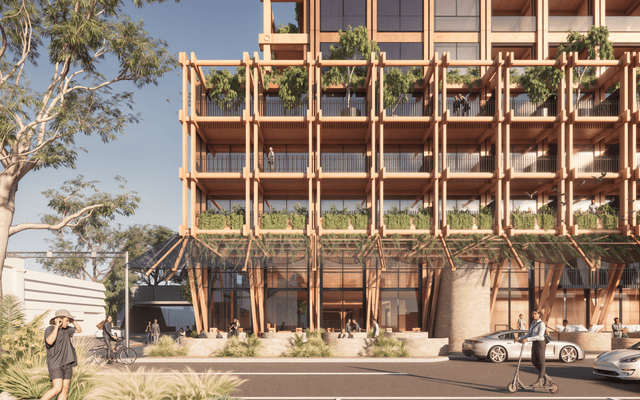This article is from the Australian Property Journal archive
HOUSING affordability will be a key focus at the upcoming federal election as Liberal MP Jason Falinski said owning a home is critical and delivers massive benefits to the wider society. At the same time, house prices recorded a 20 year high for annual growth over 2021, as the country’s mounting housing crisis put the dreams of home ownership out of reach for ordinary Australians.
According to the Real Estate Institute of Australia’s latest Real Estate Market Facts, house prices were up by 25.1% for the 12 months ending December 2021, with the weighted average median capital city house price at $1,021,710 in the last quarter.
This marks the first instance since June of 2002 that Australia’s annual house price growth has exceeded 20%.
While at the same time, the latest figures from ABS’ residential property price index showed the weighted average of the eight capital cities on the index were up 4.7% during the December quarter and 23.7% over the twelve months to the quarter.
With the total value of residential dwellings in Australia increasing by $512.6 billion to $9,901.6 billion over the quarter, with the mean price of residential dwellings up $44,000 to $920,100.
This follows Australia’s top ranking in Knight Frank’s Q4 Global House Price Index, where the imbalance between housing demand and supply in Australia’s mainstream residential markets was forecast to carry on for at least three years.
Liberal MP Jason Falinski, Chair of the House of Representatives Standing Committee on Tax and Revenue, told a Urban Development Institute of Australia presentation that housing is for everyone, from private homeowners to those who need access to social housing.
He also admitted that negative gearing increases the prices of housing by 4%.
“Having a place to live is critical and it is just as important that the people living in it own the house.
“There are massive benefits to home ownership that improve society. We have trouble providing those society benefits without home ownership.” Falinski said.
Falinski pointed directly at lack of supply as a key feature of the problems we face with housing.
“We looked at all the underlying causes and the more we looked, the more it came back to supply… long term home ownership and price stability depends on supply.” he said.
He pointed out that not every solution to improve delivery of homes to Australians has to be expensive and involved. He noted the excessive delays in planning approvals and the need for infrastructure to enable delivery of housing.
“We can fix a lot of the constraints…just by sitting down and figuring out how we administer it better.”
Falinski’s comments come as polls shows the Morrison government is at risk of losing battleground seats in Tasmania and Queensland and Labor’s grasp on a NSW seat could be at risk in the upcoming election as housing affordability takes centre stage for marginal voters. Outgoing Health and Aged Care Minister Greg Hunt’s seat of Flinders is also home to growing concerns about affordability.
More than two-thirds believed the federal government had not done enough to address housing affordability while 71% thought there was not enough social and affordable housing for people struggling in the housing market. Respondents also clearly preferred social and affordable housing or greater financial support for low-income renters as a solution to the crisis than first home owner grants.
UDIA national president Maxwell Shifman agrees with the MP’s comments.
“The goal of home ownership is intrinsic to the Australian psyche, yet it is becoming increasingly out of reach. The pressure to fund safe affordable housing across the housing continuum is increasing. Much of Australia is experiencing an unchecked affordability crisis which is restricting access to home ownership and housing choice across different socio-economic groups,” said Shifman.
All capital cities, bar Darwin, recorded house price growth over the December quarter, with Sydney unsurprisingly the highest at $1,601,467 or 56.7% above the national average.
Perth on the other hand has the most affordable median house price at $525,000, 48.6% below the national average.
“With Western Australia finally opening the borders it will be interesting to watch how this impacts on property prices,” said Hayden Groves, president at REIA.
At the same time other dwellings recorded a quarterly increase of 1.8% to $658,577, rising in Sydney, Melbourne, Brisbane, Perth and Hobart and falling in Adelaide, Canberra and Darwin.
Sydney’s median price for other dwellings, at $802,255, was also the highest of all capital cities, up 21.8% on the national average.
While Adelaide came in at the lowest median price at $412,500 or 38.2% below the national average.
Median rents in the December for three-bedroom houses increased by 1.5% to $471/week, with prices increasing in all capital cities, except for Darwin where rents dropped by 3.7% and Sydney where rents held stable.
Throughout the quarter the weighted average median rent for two-bedroom other dwellings was up to $436/week, with rent again increasing in all capital city’s except for Sydney where they were stable and Darwin where there was a 0.5% decline.
Broadly speaking, Groves noted that regional markets across the country have also recorded a sustained period of growth over the year, as seen in Wollongong where there was a 30.4% increase, Launceston with 49.3%, the Sunshine Coast with 32.9% and Mount Gambier with 14.9%.
“Household investor finance increased by 13.4% in the December quarter with investors continuing to enter the market confidently in this phase of the COVID-19 pandemic,” concluded Groves.




